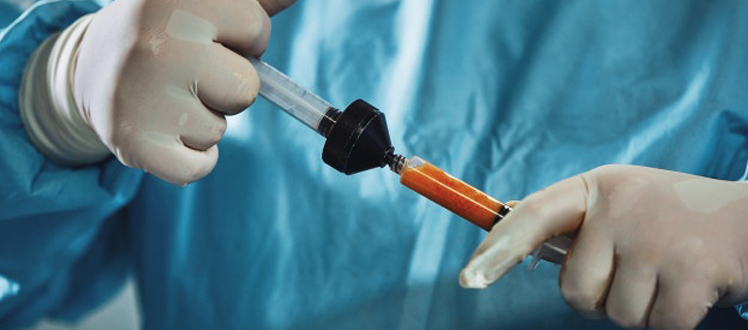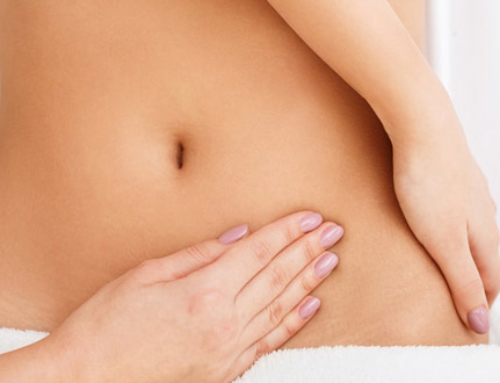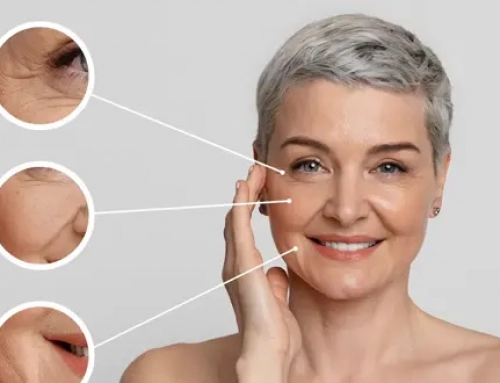Fat grafting is one of the most popular procedures of these last few years in the field of cosmetic surgery because it allows surgeons to improve the figure as a whole without implants, by changing fat distribution. A lot of patients are afraid of the fat resorption process occurring after the procedure. Up to 30% of the fat transferred during surgery can be absorbed by the body instead of being engrafted during the first 3 months of the recovery, but this can be compensated by transferring a little more volume than needed. Engrafted fat cells are permanent, but still subject to weight fluctuations (meaning their volume can increase or decrease in case of weight gain or loss). To achieve significant volume increases, patients can undergo more than one treatment. Here are a few ways to maximize fat grafts survival after surgery.

Tips to maximize engraftment after fat grafting : part 1
Stop smoking
Patients have to stop smoking 2 months before fat grafting surgery until complete healing. Cigarettes limit oxygen and nutrients supply, which prevents the body from healing. After a fat grafting procedure, fat cells need blood supply to survive and settle. Smoking prevents new blood vessels from forming. Passive smoking and alcohol consumption also have this effect.
Wearing a compression garment
Postoperative instructions given by the surgeon have to be followed and those often include wearing a compression garment after the procedure night and day. The compression garment helps fat stay in place and limits postoperative swelling. Over the compression garment, surgeons usually recommend wearing loose clothing.
Do not apply pressure on the fat transfer area
As we mentioned before, the treatment area cannot be pressured, otherwise fat might not be able to settle permanently. Brazilian Butt Lift (fat grafting buttock augmentation) patients have to avoid sitting directly on the buttocks during at least 2 to 4 weeks, lying on the back can also be detrimental to the result of the procedure. Surgeons recommend lying on the stomach and using special pillows to sit on the thighs.





